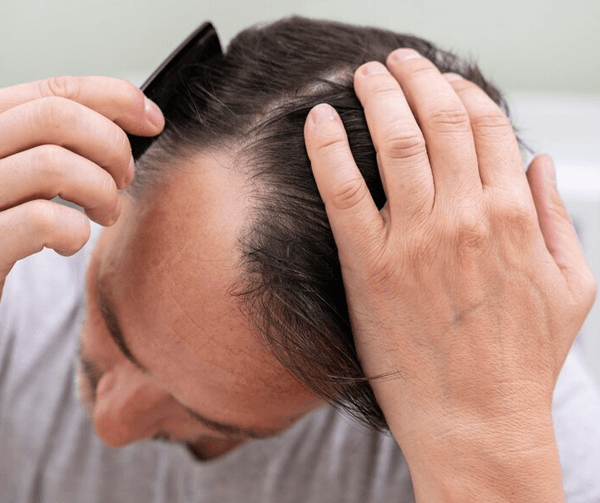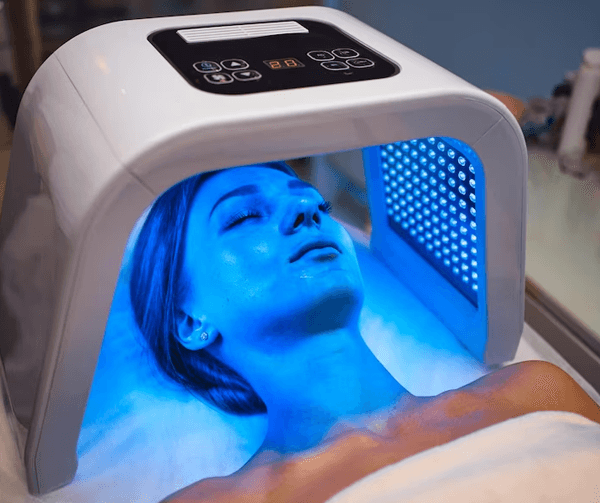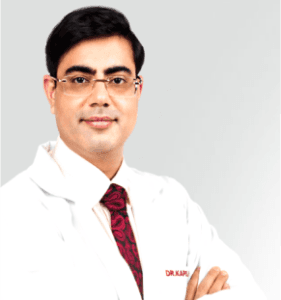Losing hair is never easy to handle, and for many people medications simply do not work, which is why they have to consider prospects of hair restoration. In order to conduct a successful hair transplant procedure, there has to be a clear recipient site and more importantly, a clear donor area. However, there are plenty of cases, where there is not enough hair in the donor area. With such people, the main option is body hair transplant, but there is much to understand about it, before jumping the wagon.
Firstly, it is crucial that you understand what body hair transplant is and what it entails:
An average human being has close to a hundred thousand hairs on their head and around a million hairs on the other parts of the body. If a person is suffering from major hair loss, say class 7, they would have lost close to 75000 hairs out of the total 100000. In such a situation, there would not be enough hair in the donor area to complete a proper transplant procedure. It is in such conditions that a body hair transplant becomes the only way out.
The process is reasonably easy to understand – the entire body is checked and a donor area is identified. This donor area could be from the beard, chest, arms, legs or even back. there is actual a dual purpose to body hair transplant – one, you can have hair where you want, that is, on your head; and two, you are losing hair from the places where you would not want hair, such as your arms or legs.
The basic principle of body hair transplant is based on the fact that hair taken from any donor area will take up the characteristics of the recipient area where they are placed. This is called recipient dominance.
However, for years, body hair transplant has kept on the back burner, because there is always a concern that hair transplanted from other parts of the body might not flourish as well as hair harvested from the head. In addition, there is the possibility that the texture might not match, making the transplant procedure obvious.
Next, we will look at the advantages of a body hair transplant:
- This is perhaps the best option when the donor areas on the scalp are limited.
- The donor hair that is harvested from other parts of the body are much more stable, because they are normally not susceptible to DHT or Dihydrotestosterone. This means, that once they are implanted on the scalp, there is a minimal chance that these hair will fall off with time.
- There is most certainly a large pool of donor hair, because it can be harvested from several parts of the body.
- Even if the intention is only to fine tune the hairline, it can be done with the body hair. Finer body hair can be used to create that perfect hairline, and then coarser hair can be used to fill in the gaps and create density and volume.
- Body hair transplant can also be used to create a fuller looking eyebrow.
If there are advantages, there are bound to be a few disadvantages too and some of the most prominent ones are mentioned here:
- When hair is harvested from the sides or the back of the head, there is a certainty that the texture and colour will be an exact match to the rest of the head. However, hair from other parts of the body need not necessarily match with those on your scalp. This means that the texture, thickness and even colour could vary.
- One of the main reasons why a lot of doctors do not practice body hair transplants is because it requires very special equipment. In addition, body hair transplants are much more time consuming and worst of all, there is no guarantee that the results will be as expected.
- Most often,unlike scalp, the follicular units harvested from other body parts have less number of hairs per graft(usually1-2 hairs/graft), and follicular units with three or more hair are rare. This means that more follicular units have to be harvested and transplanted, making the procedure more expensive.
- The procedure is extremely difficult and time consuming for the doctors, because the direction and angle of the body hairs keep changing randomly. This is why the follicular transection rates are also higher for body hairs than scalp hairs.
- Many a times, the hair extracted from other parts of the body grows much longer than the length they would normally grow to in their original location. However, there is no saying that it will match the length of your head hair. This could lead to a situation where the only option would be to have a short hair style.
While body hair transplant might sound like a suitable option to many, the fact remains that it should be kept as a last resort. Not only is the process much more elongated, but also one that does not guarantee perfect results.Hence it is usually done in combination with scalp donor so that the minor differences get masked. Also, in cases where there is not sufficient donor hair on the head, this is the only option left. And in the hands of a good surgeon, you should have a head that looks full and natural.







